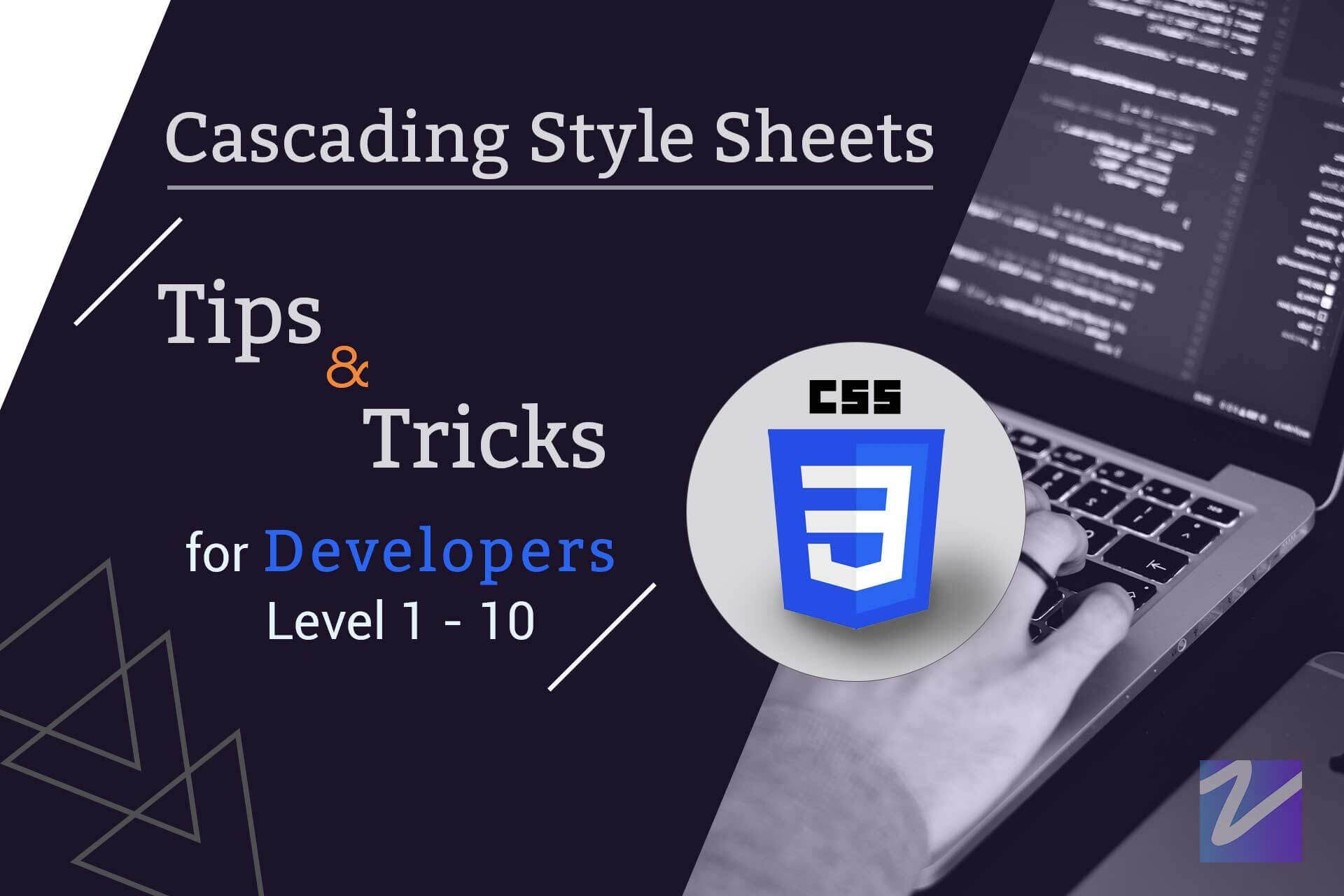CSS, or Cascading Style Sheets, is a fundamental part of modern web development. It allows web developers to control the layout and presentation of HTML elements on a web page, enabling them to create visually appealing and engaging websites.
At its core, CSS is a stylesheet language that describes the style of an HTML document. It provides web developers with a set of rules that define how elements on a web page should be displayed, including their size, color, font, and position.
One of the main advantages of using CSS is that it separates the presentation of a web page from its content. This means that web developers can create a single HTML document that contains the content of a web page, and then use CSS to control its presentation across multiple pages. This makes it easier to maintain and update a website, since changes to the presentation can be made in a single location rather than being scattered throughout the HTML code.
CSS is also highly flexible, allowing web developers to create complex layouts and animations with relative ease. It provides a wide range of layout options, including grid systems, flexbox, and CSS floats, which can be combined to create virtually any layout imaginable.
Another advantage of CSS is that it allows web developers to create responsive web designs that adjust to different screen sizes and device types. This is achieved through the use of media queries, which allow developers to define different styles for different screen sizes, ensuring that their websites look great on desktops, tablets, and mobile devices.
One of the most important features of CSS is its ability to work with other web development technologies, such as HTML and JavaScript. CSS can be used to style HTML elements and to control the layout of web pages, while JavaScript can be used to create dynamic and interactive elements on a web page.
There are several different versions of CSS, each with its own set of features and capabilities. The most recent version, CSS3, includes a wide range of new features, including advanced layout options, animation and transition effects, and support for custom fonts and colors.
CSS is an essential tool for web developers, and learning how to use it effectively is a key step in becoming a skilled web developer. There are many online resources available for learning CSS, including tutorials, videos, and online courses.
In conclusion, CSS is a powerful tool for web developers that enables them to create visually appealing and engaging websites. It provides a wide range of layout and presentation options, and is highly flexible and adaptable to different screen sizes and device types. With its ability to work with other web development technologies, CSS is an essential part of modern web development, and is a skill that all aspiring web developers should master.


